In 1652 the Dutch East India Company set up station at the tip of Africa to replenish its ships on the long voyage to and from the East Indies
By the late 17th century the small Cape settlement had reached the mountains overlooking False Bay. This fertile valley was called the Hottentots Holland after the indigenous Khoikhoi people in the vicinity. In 1672 the Dutch East India Company established an outpost there to develop bartering links with the Khoikhoi in the hinterland and to provide grazing for company livestock.
Willem Adriaan (1664-1733) was the third generation van der Stel to hold office in the Dutch East India Company. His grandfather, Adriaan van der Stel, a slave trader of repute, was commander of Mauritius, where Simon van der Stel, governor of the Cape (1679-1699) was born. Like many, who served in the East Indies, Willem Adriaan, and his father Simon were of mixed descent.
Willem Adriaan had a particularly exotic mixture of slaves with Muslims, Hindus and Buddhists in their midst. Because of their widespread origins, slaves and the time communicated with one another in Malayo-Portuguese: it was only later that a creolized form of Dutch emerged.
While people recoil nowadays from the notion of slavery three centuries ago it was common practice. It was even to be found amongst freed slaves and leaders of different faiths.
The slave trade in the Cape was controlled by the company so Willem Adriaan as governor had more access to purchasing slaves and paid lower prices than the settlers. The cost of slaves was high and few settlers could afford them in the early 18th century. After Willem Adriaan’s departure, the number of slaves remained relatively low and never rose to the numbers found on plantations elsewhere in the world.
Apart from his own slaves - possibly 300 - Willem Adriaan was entitled to 20 company slaves but probably had more working on his estate. It was also common practice to make use of Khoikhoi harvesters, who would have made a seasonal appearance at his farm Vergelegen.
The map shows the divergent origins of Willem Adriaan's van der Stels slaves. Slavery was entrenched in the East Indies and Africa well before the Europeans entered the oceanic slave trade. However, the crossing of the Indian Ocean a voyage of 12000 km from the furthest point, Banda (no 30) in the Moluccas to the Cape of Good Hope was gruelling and often took its toll on slaves en route.
1 Cape of good hope, 2 Mozambique, 3 Zanzibar, 4 Madagascar, 5 Mauritius, 6 India, 7 Suratte, 8 Malabar coast(W), 9 Cochin, 10 Ceylon, 11 Jaffanapatam, 12 Coromandel coast, 13 Nagapatnam, 14 Palliacatte, 15 Bengal, 16 South-east Asia, 17 Malaysia, 18 Java, 19 Batavia, 20 Madura, 21 Bali, 22 Sumbawa, 23 Celebes, 24 Mandaar, 25 Macassar, 26 Bougies, 27 Moluccas 28 Ternate, 29 Tidor, 30 Banda.
West Africa.
This was strictly the domain of the Dutch West Indian slave trade and barred to the Cape. Although it was irregular, Willem Adriaan van der Stel managed to obtain some slaves from Guinea and the Cape Verde Island.
Cape
During the early Dutch settlement indigenous inhabitants were not allowed to be enslaved and slaves were imported instead. Since the introduction of slavery in the late 17th century many slaves were born in bondage and referred to as "van de kaap" (of the Cape). Numbers steadily grew and by the time that slavery was finally abolished in 1838 most slaves were Cape born.
East Africa
Although Mozambique and Zanzibar became major centers for slave trading in the late 18th century East African slaves were seldom imported to the Cape in the early 1700 and none appeared on the Willem Andrians' records.
Madagascar
The Dutch East India Company sent regular slaving expeditions from the Cape to Madagascar as Governor William Adrian van der Stel was able to draw on this source and the third of his slaves were Malagasy.
India
During the first half of the eighteenth century most privately owned slaves in the Cape came from India: from the Malabar Coast on the west, the Coromandel coast (known as The Coast) on the East, Bengal in the north and Ceylon in the south.
Southeast Asia
Batavia was the capital of the Dutch East Indies, so many of the slaves in the Cape came from Java, the, and the Moluccas. Although the language of Malaya was widespread, few slaves came from the Malaysian peninsula.
A vast workforce was required to develop a farm the size of Vergelegen. Jan Hartog, the Company's head gardener was appointed as overseer with a hierarchy of Company servants and knechts to keep order and productively run the farm.
Slaves were given the hardest work clearing the bush to make way for buildings and farmlands. They were used on building sites and cultivating crops, winemaking, threshing and milling. They manned cattle stations and tended the flocks of sheep.
As Willem Adriaan had the choice of the best slaves, they undoubtedly included skilled craftsmen who contributed to the impressive buildings and gardens of Vergelegen. On a self-sufficient estate such as this with its various workshops, teams of slave artisans would have attended to building maintenance, thatching, cabinetmaking and other necessities to keep the farm running.
Soon after Vergelegen was purchased in 1987, the Anglo American the Beers Chairman's Education Trust granted funds for an archaeological survey to be conducted. With its rich documentary record and relatively undisturbed history, provided an ideal site for the study of the rural colonial past. Dr. Ann Markell and the team of archaeologist from the University of Cape Town undertook excavations during 1990 - 1992.
Many of the artifacts found during excavation dates from the eighteenth and early nineteenth century when slavery was practiced in the Cape.
Archaeologists came across farming implements and iron tools such as chisels, blades and nails. Personal items included a bone comb, buttons and buckles, worn on clothing and thimbles for suing. Slaves received rations of wine and tobacco. Fragments of bottles, clay, smoking pipes and flints were spread over the site.
The slaves' staple diet was fish and rice, so it wasn't surprising to find sinkers and barbed hooks for fishing. It was clear from the bone remains that beef, lamb, birds, and shellfish were also eaten. Food was cooked on the open fire in earthenware tripod pots. And the presence of pit hearths points to a Malagasy or African cooking traditions. The use of bored stones for digging sticks and grinding signifies that Khoikhoi lived at the slave lodge as well.
Willem Adriaan used his slaves and free black fisherman to catch fish in False Bay in order to feed the slaves at Vergelegen and the Company’s slave lodge. Abraham Bogaert, the visitor to the Cape mentioned that Willem Adriaan van der Stel supplemented his slave's rations with a tot of arak (rice spirits) in the morning and a half- jack of Cape wine on Sundays.
To be continued...
References
Photos: @highonthehog
Images: sources linked below
Schoeman Karl, Early slavery at the Cape of Good Hope, 1652-1717. Pretoria: Protea Book House, 2007
Reader’s Digest, The Illustrated History of South Africa: The Real Story. Cape Town, SA: Reader’s Digest Association, 1988
Armstrong, James, ‘The Slaves, 1652-1795’, in Richard Elphick and Hermann Gilliomee, The Shaping of South African Society, 1652-1820. Cape Town: Maskew Miller Longman, 1986
Markell, Ann B., Building on the Past: The Architecture and Archaeology of Vergelegen. South African Archaeological Society, Goodwin Series 7:71–83, 1993
De Bosdari, C., Cape Dutch Houses and Farms. A. A. Balkema, Cape Town, South Africa, 1953
Tas Adam, and Nicolaas van der Heyden 1712 Contra Deductie. Nicolas ten Hoorn, Amsterdam.
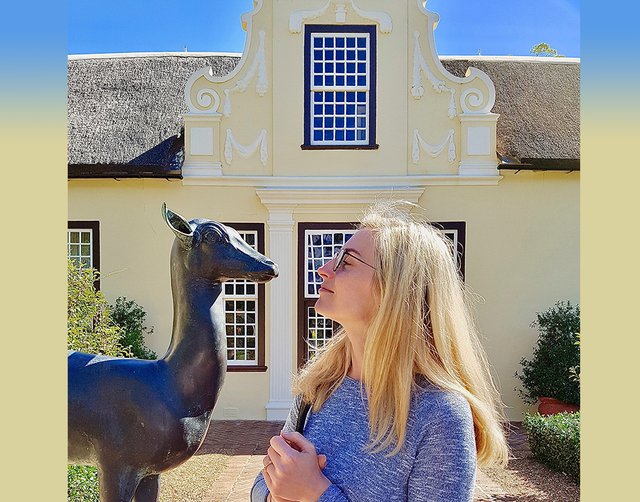
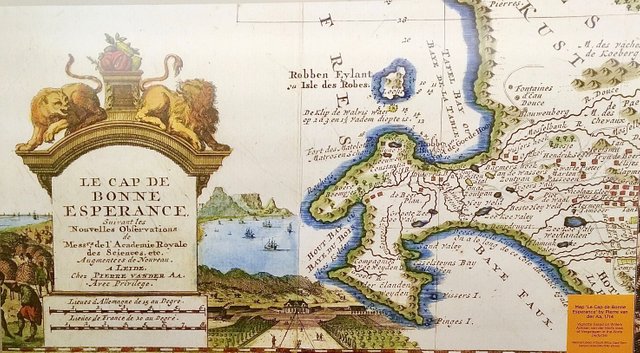
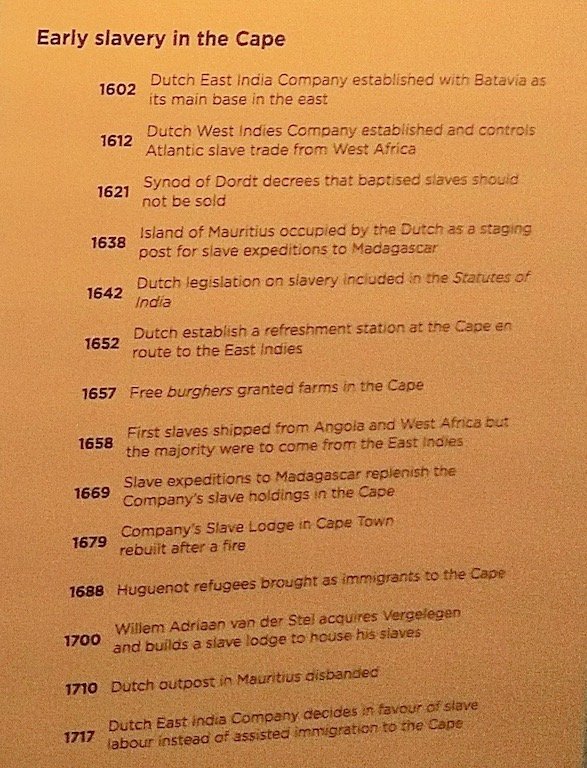
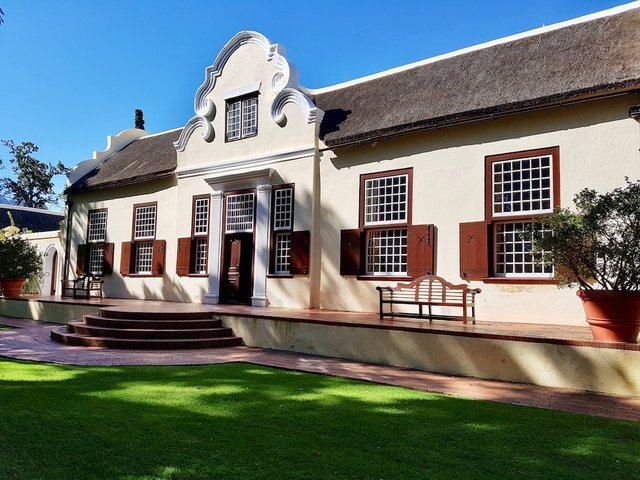
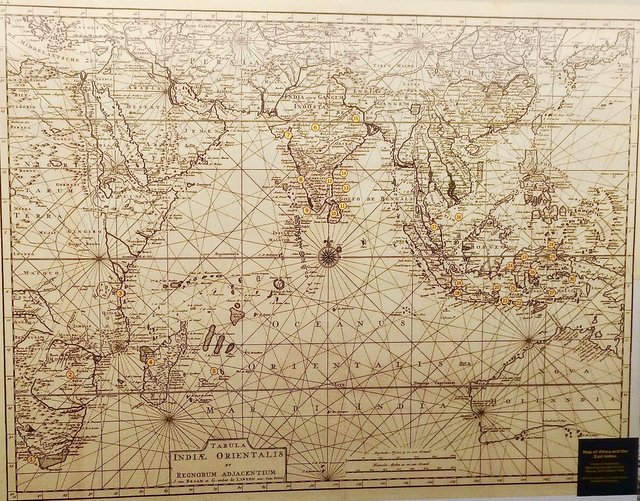
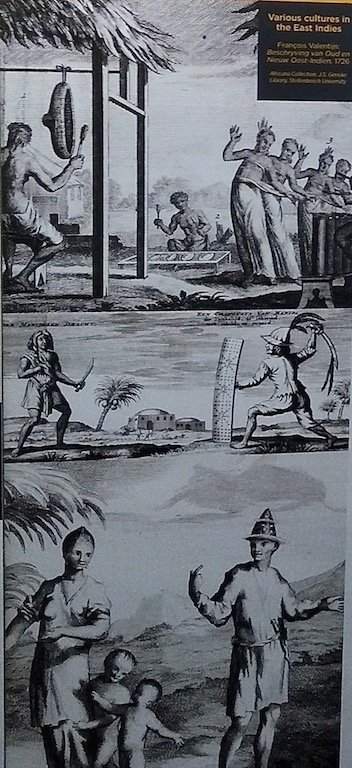
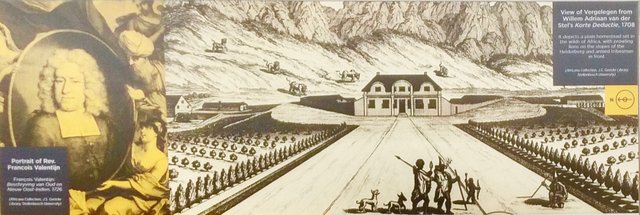
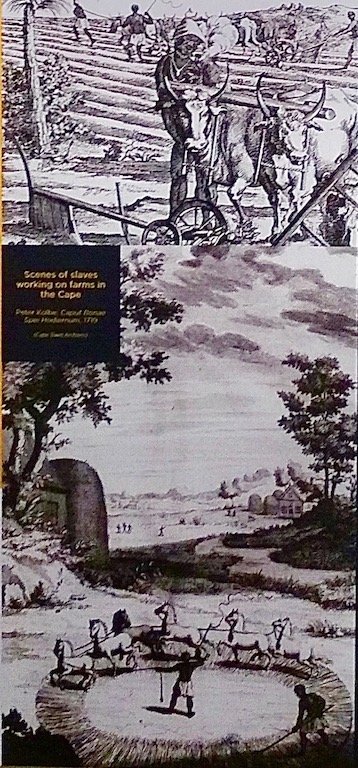
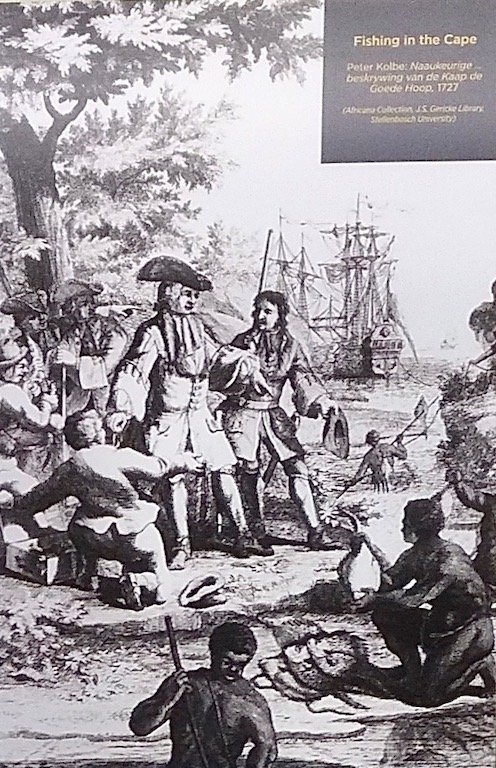
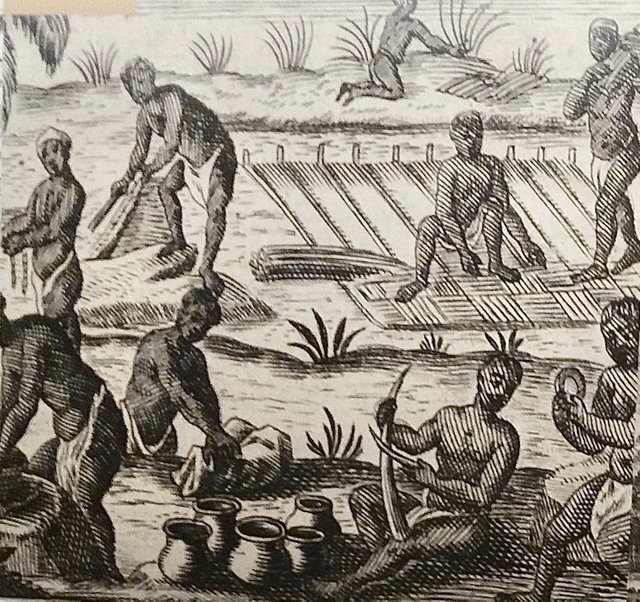
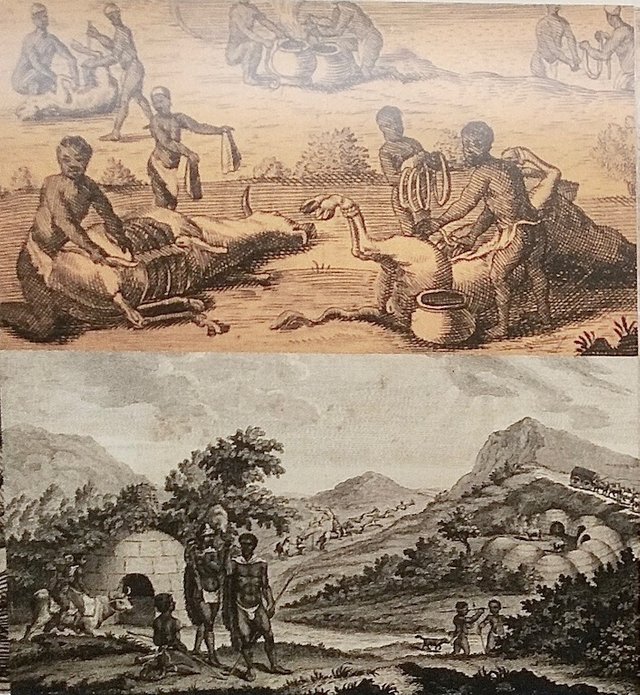
To listen to the audio version of this article click on the play image.

Brought to you by @tts. If you find it useful please consider upvoting this reply.
Great post ..
Really wonderful .. I wonder what you mentioned or the will of man
Thank you for sharing this with us..
DISCLAIMER: dropahead Curation Team does not necessarily share opinions expressed in this article, but find author's effort and/or contribution deserves better reward and visibility.
to maximize your curation rewards!
with SteemConnect
12.5SP, 25SP, 50SP, 100SP, 250SP, 500SP, 1000SP
Do the above and we'll have more STEEM POWER to give YOU bigger rewards next time!
News from dropahead: How to give back to the dropahead Project in 15 seconds or less
Funny and #steemSTEM friends
Next time put a explosive on the deer before u attempt to kiss. That would work better. ;)
lol. Jokes apart, a good article. East India Company was here in my country too, earlier in 1800s.
Im here at the "Bengal" region. Waiting for a hog to arrive! xD
Hi @highonthehog!
Your post was upvoted by utopian.io in cooperation with steemstem - supporting knowledge, innovation and technological advancement on the Steem Blockchain.
Contribute to Open Source with utopian.io
Learn how to contribute on our website and join the new open source economy.
Want to chat? Join the Utopian Community on Discord https://discord.gg/h52nFrV